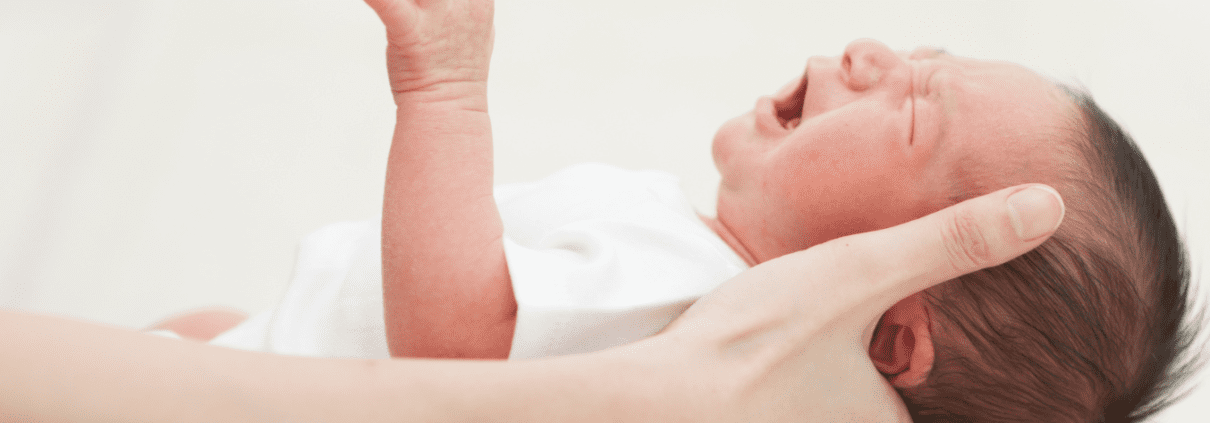Spotlight on MORO
Imagine hearing the inescapable tick of a clock, or voices from the next table so distracting you cannot focus on your meal. Your senses are on high alert. Loud noises and bright lights are exhausting and changes in a routine may feel unbearable. Without relief, an overstimulated system is poised for action at all times, with anxiety and stress manifesting in sudden uncontrollable outbursts or difficulty falling and staying asleep. The body struggles to downshift and relax, which can even lead to physical ailments from digestive issues to infections and motion sickness.
When Moro is not fully integrated, the body is unable to filter and process sensory information. This may include stimuli coming from one or multiple sensory systems: vestibular, tactile, proprioceptive, visual, auditory and interoceptive.
As an essential defensive reflex, the development of Moro contributes to our ability to safely explore our world independently, identifying true danger. Imagine an infant lying alone in a basinet, waking suddenly to a loud sound. Without its swaddle, the baby cries out, reaching his arms and legs upwards out into the air seeking safety.
The first stage of Moro emerges in utero but peaks at birth when the infant inhales its first breath in an entirely unknown environment. Most likely, its limbs are flailing as it lets out a cry for help. This stage is the instantaneous activation of the baby’s survival system and a release of cortisol and noradrenaline signals what we refer to as the ‘fight or flight response’.
In response to stimuli, the reflex begins with an initial movement away from the midline, hands reaching outward. With the second stage, a clinging movement initiates, where the body pulls inward to the center, hands grasp closed and the baby exhales. An infant is naturally seeking a caretaker’s touch, to be hugged, rocked and soothed. With cling comes the downshifting of those fight or flight reactions, a steadying of the heart rate and a relaxing of breath as well as the digestive system. The two stages of Moro might be viewed as complimentary reflexes, like breathing in (first stage) and out (second stage).
Collectively, the Moro reflex integrates between 2 and 4 months of age. If Moro stays active in its first stage, the more mature development of the adult ‘startle’ reflex, known as the ‘Strauss reflex,’ cannot establish itself and the body will continue to struggle with effectively defining real from perceived danger. Through integration, the body is able to process and respond with a higher awareness rather than simply reacting.
Moro as a reflex is often referred to as the gateway reflex, enabling the effective integration of several other key developmental reflexes. Practicing the cling, or calming movements of early infancy may help the body to react and regulate against stressors in the environment.


